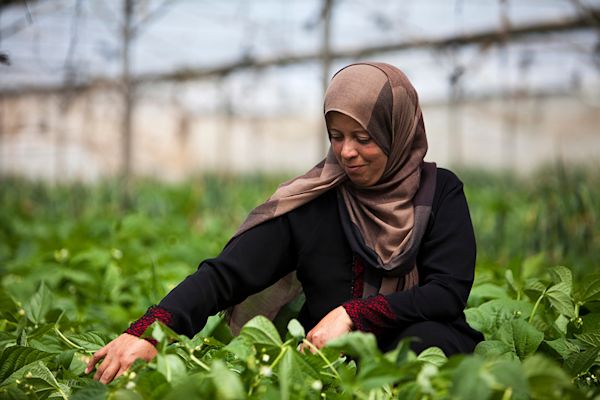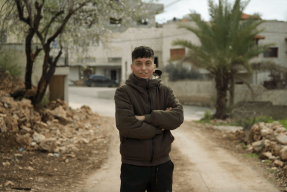World Refugee Day is different during a pandemic
June 16, 2020
Each year, June 20 marks World Refugee Day—a day to show solidarity with and honor the immense courage of the 70.8 million people worldwide who have been forced to flee their homes to escape war, persecution, natural disasters, and terror.
But this year, World Refugee Day looks a bit different.
As COVID-19 spreads globally, the world’s most vulnerable populations, including refugees, asylum seekers, and internally displaced persons (IDPs), face a disproportionate risk of contracting the virus, experiencing complications from the virus, and an inability to access and afford life-saving healthcare.
These populations tend to live in high-density communities, making social distancing difficult, and are more likely to suffer from underlying health conditions such as malnutrition, predisposing them to COVID-19-related complications. Additionally, around one in three refugees lives in a refugee camp, which are typically located in remote areas and lack adequate healthcare or hospitals.
In addition to confronting disproportionate health risks, refugees, asylum seekers, and IDPs often struggle to find work, start businesses, and re-establish a source of income for their families. These vulnerable communities are now being hit especially hard by the economic hardships caused by the COVID-19 pandemic.
 A Kiva borrower now living in Lebanon works on a project in his shop.
A Kiva borrower now living in Lebanon works on a project in his shop.
This reality is exacerbated by a lack of access to financial services, as banks and other financial institutions perceive lending to displaced populations as too risky. While near-term humanitarian aid is crucial, economic opportunity facilitates longer-term stability as refugees seek to rebuild their lives – refugees like Kholoud.
When she arrived in Alay, Lebanon in 2016, the conditions were not as she had hoped. Notably, the cost of living in Lebanon was much higher than in Syria. Kholoud feared she could not afford to live in Lebanon without a stable income. She also knew that traditional banks in Lebanon would not serve her as a refugee.
 The view of the hillside in Kholoud's new home: Aley, Lebanon.
The view of the hillside in Kholoud's new home: Aley, Lebanon.
But one day, while having coffee with neighbors, Kholoud learned that Kiva Field Partner Al Majmoua offered affordable financial services not only for Lebanese nationals, but for Syrian refugees as well. She thought this may be her answer.
Kholoud used her $1,500 loan from Kiva and Al Majmoua to purchase the appliances she needed to re-open her beauty salon in Lebanon. She established her salon as an informal business in her home, to which friends and neighbors soon began to flock. Thanks to Kholoud’s Kiva loan, she was able to help foster a greater sense of community among her neighbors and friends and begin to rebuild her life in Lebanon.
Refugees, asylum seekers, and IDPs need a lending hand now more than ever. Help the world’s most vulnerable individuals rebuild their businesses, homes, and lives by contributing to Kiva’s COVID-19 Response fund at kiva.org/covid19response.
Resources for further learning:
→ United Nations: "World Refugee Day, 20 June”
→ UNHCR: "Figures at a Glance”
→ John Hopkins: "How are refugees affected by COVID-19?”
→ Devex: “Here’s what the COVID-19 response looks like in refugee camps”
 A Palestinian refugee makes a sale in her convenience shop.
A Palestinian refugee makes a sale in her convenience shop.PREVIOUS ARTICLE
Black Lives Matter. →NEXT ARTICLE
Kiva U.S.'s partnership with the IRC enables greater financial access for refugees →










